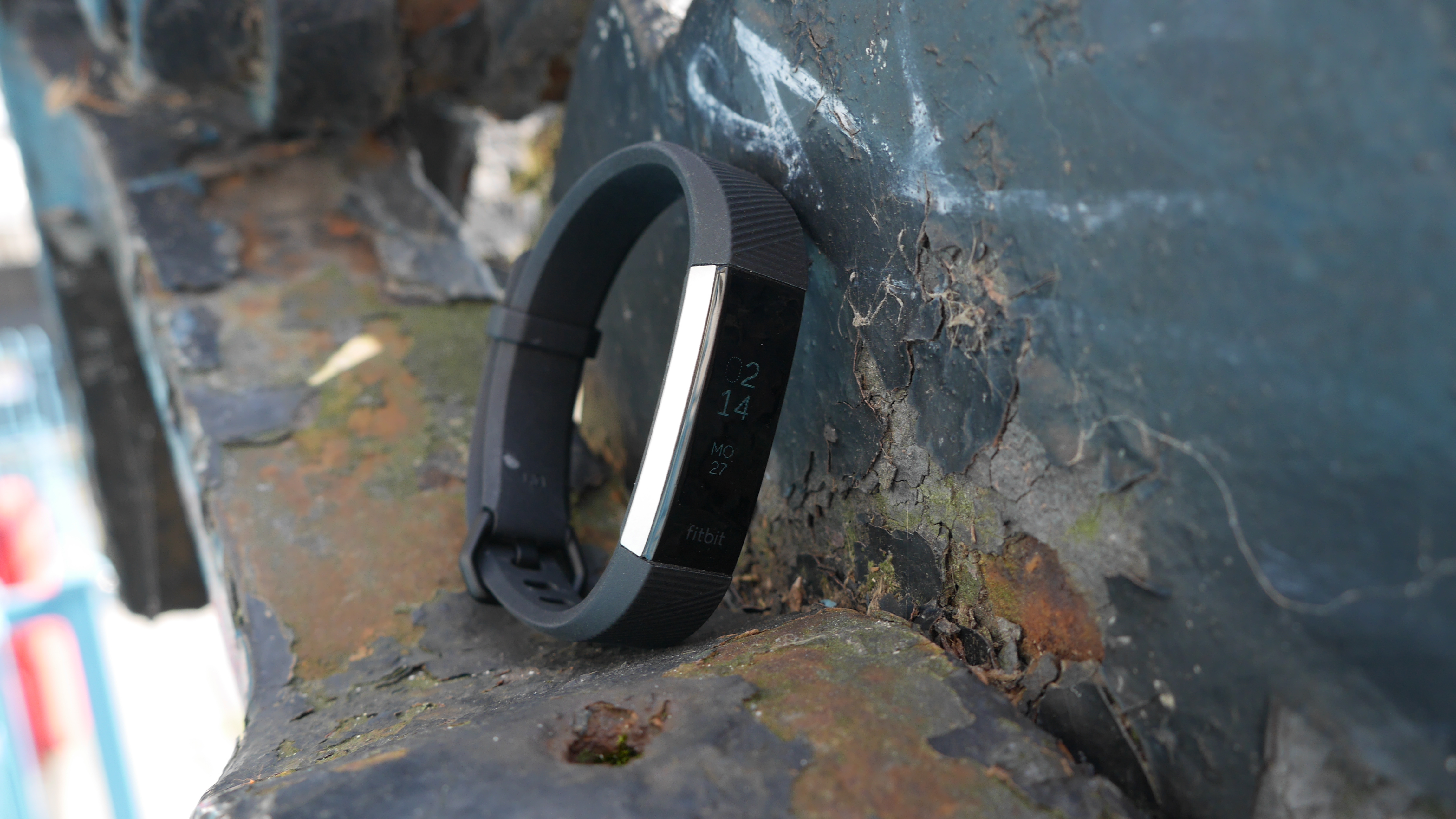Why you can trust TechRadar
Compatibility and app
- Easy on the eye deep-dive of recorded data
- Compatible with iOS, Android and Windows devices
- Decent AI encouragement
Being able to track more metrics than some of its rival is all well and good, but it’s what you can do with all that information that really matters. Fortunately, the accompanying Fitbit app is tried, tested and, for the most part, a joy to use.
Like the Alta HR itself, it’s not overly flash or unnecessarily over the top. Instead, its simple elegance and accessible layout are what make it such a winning option. Mapping out all of your data in accessible charts, it breaks down your daily activity by whatever standard you want, be it steps, distance, calorie burn, or time active.
Each metric can be addressed broadly or as a deep dive, with intimate detail available ranging from the number of calories burned during that 5K run to the steps taken on your walk home from the train.

Heart rate too is crucial here, with the ability to see not just how your heart rate reacted to exercise, but the heart rate zone you were working in over that time period. This gives a better indicator of the effort you’re giving and, along with your daily resting heart rate map, helps detail your improving fitness levels.
Building on the core data, there are plenty of guiding pointers and encouraging words to get you pushing to that next personal best. Badges and Challenges act as a great incentive, as does being able to set up competitive exercise groups with friends.
These aren’t limited to the smartphone-hosted app either, but pushed forward through the device itself. Giving you encouragement to get and stay active, there’s a fine line between motivation and enthusiasm-destroying nagging, and unlike some of the competition - we’re looking at the Samsung Gear Fit 2 here - the Alta HR perfectly traverses this tightrope.

Sit still too long and you’ll be encouraged to move. There’s a pre-set target of 250 steps per hour and if you’ve been lounging too long you'll get a nudge to get up and get moving.
These vibration-based alerts are joined by a broad selection of at times funny words of encouragement. It’s a nice touch that stops repetition creeping in and will help you keep those fitness goals going longer.
If you really want to make the most of the Fitbit Alta's heart rate skills and get into some more serious training, there's good news here too.
At the end of 2017, Fitbit launched Fitbit Coach. A paid app, that you can access from the main Fitbit app, it adds some impressive coaching skills to the Fitbit network with 100s of video workout drills.
There's a catch, while there are some free workout sessions in the app, the majority are locked away behind a paid premium paywall.
Access to the premium app will still set you back £5.99 per month for £29.99 ($39.99, about AU$50) for the year, though there are some free workout sessions in the app too. These are frustratingly hard to find in the Coach app.
That said, this is cheaper than a gym membership and great for equipment-free home workouts.
You'll also need to download a second Fitbit app which will frustrate some people, though this is the same approach that Nike and the UnderArmour fitness app network takes, where there are distinct apps for different needs. There's not getting away from the fact it's a little annoying to flick back and forth between apps though.
That gripe aside, Fitbit Coach is a serious training partner, recommending personalised video workouts based on your Fitbit activity and making it simple to follow loads of different exercises, not unlike we've seen done with Moov Now.
There's run and walk coaching too and you can choose your preferred trainer and Fitbit Radio is there to provide musical motivation. We salute Fitbit for getting serious and pushing beyond those how-far-can-you-walk limits.
Battery life
- Almost a week of life
- Awkward proprietary charger
Given its size, the Alta HR’s battery life is decent. No, it’s not going to last a month between trips to the mains like you’d ideally want, but we managed just short of a week before getting nervous about our dwindling power supply and making an emergency trip to the mains.
This is about what we’d expect from such a device, although it does mark an improvement on the standard Fitbit Alta’s five day staying power.

When you do have to power up, you’ll have to fish out yet another proprietary charger, with this one clipping around the device. What’s more annoying than this slightly fiddly cradle design, however, is how short the power cable is.
Unless you have an especially low side table or an extension lead, you’ll be charging the Alta HR on the floor.
Why does this matter? Well, it creates an out of sight, out of mind situation, making it easy to forget about when heading out after an evening connected to the mains.
Current page: Compatibility, app and battery life
Prev Page Specs, performance and fitness Next Page Verdict